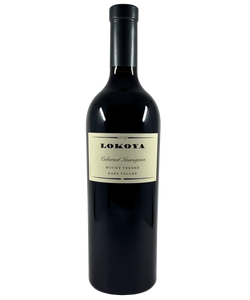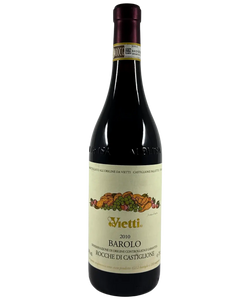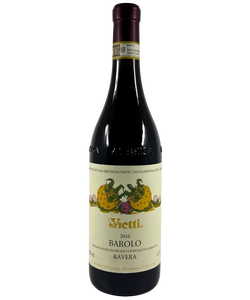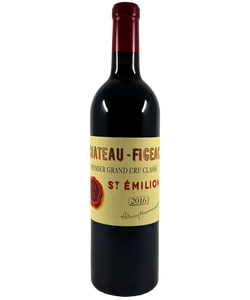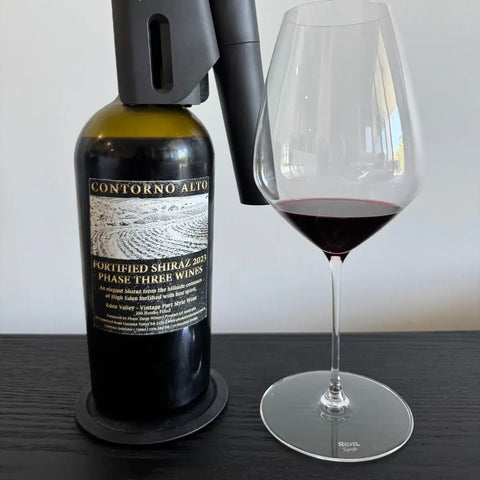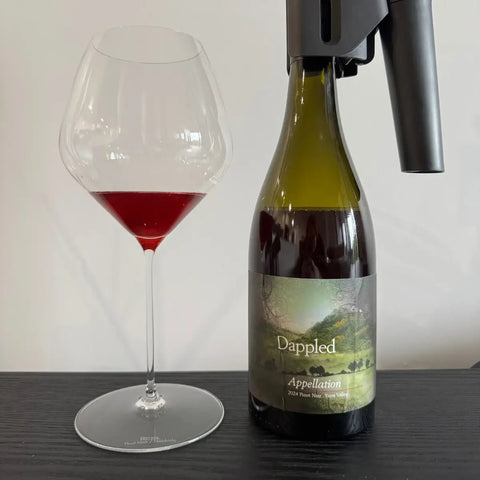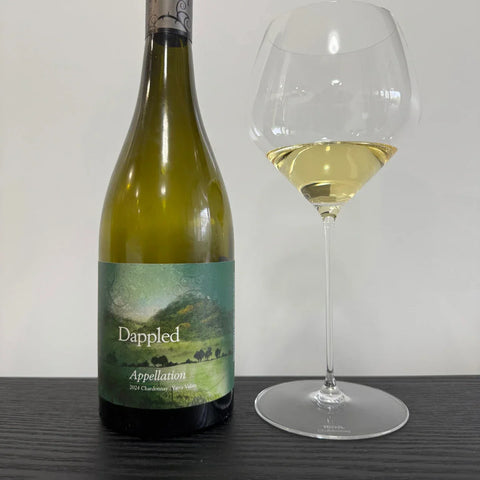Wine is more than a drink — it’s a living thing. Over time, it evolves. The fruit mellows, the structure softens, and the flavours become more complex. But only if it’s stored right.
Whether you’re tucking away a special bottle for a milestone moment, building a collection, or thinking long-term investment, cellaring makes all the difference. Here’s what you need to know.
The ideal wine storage conditions
Fine wine doesn’t ask for much — just the right temperature, some humidity, and peace and quiet.
Temperature
10–15°C is the sweet spot.
Wine is mostly water — alcohol usually makes up only 12–14% ABV.

Caption: visual illustration of a typical still dry wine's components. Source: Wine Spirit Education Trust
And like water, if it gets too cold, it freezes. Even just a little too cold, and you might notice harmless tartrate crystals (often called "wine diamonds") forming.
Watch the video on Tartrate crystals on Instagram.
Too warm, and (like water) it boils or cooks, losing shape and freshness.
What matters most? Stability. Big swings in temperature are a recipe for spoilage.
Humidity
50–70% is ideal.
Corks need moisture. If it’s too dry, the cork can shrink and let in oxygen, which oxidises the wine - think of how fast wine deteriorates after opening.
On the flip side, too much humidity can lead to mould, particularly on labels (a problem if you're reselling).
Darkness
Light, especially UV, damages wine over time. That stylish wine rack on your kitchen bench? It's not doing your bottles any favours. Store wine away from sunlight and fluorescent lighting.
Stillness
Vibration can disturb sediment and accelerate ageing by breaking down structure. Avoid storing wine near washing machines, heavy foot traffic, or anywhere bottles are frequently moved.
Your options for cellaring
You don’t need a castle with an underground cave (although that does sound nice). Just the right setup — or a reliable storage partner.
Wine fridges
Great for home collections. Many allow you to set temperature zones for reds and whites.
But a couple of quick tips:
- wine fridges are often a couple of degrees off, so if it says 10 degrees it's probably not quite, so use a backup thermometer to double-check.
- If you're using a Coravin and putting wine back in the fridge, store those bottles lower down. Some corks can leak after being pierced — especially synthetic corks or older fragile ones. For older bottles, use the Timeless vintage needle to reduce cork damage.
Watch the video on using a Coravin on Instagram.
Dedicated wine storage facilities
The gold standard for long-term cellaring and investment bottles. These offer consistent climate control, high security, and usually insurance. Perfect for preserving value and provenance.
Store with TradingGrapes (that's us!)
As collectors ourselves, we get it — not everyone has space for a wine fridge the size of a small car. And dedicated storage facilities often mean you're paying for a whole locker and empty space, if you only have a handful of bottles.
We offer climate-controlled, insured wine storage that can scale up and down with your collection. For this reason we charge a monthly per bottle fee, so you can grow (and drink some) of your collection with ease.
Check out our cellaring policy.
Why it matters
If you’re buying serious wine, how you store it matters just as much as what you buy. Wine doesn’t age well in a cupboard above the fridge or on a sunny apartment shelf — no matter how beautiful the label is. Stored correctly, the best bottles only get better. And if you plan to sell, provenance (proof of proper storage) becomes as important as the wine itself.
Final sip
Wine wants to evolve — it just needs the time and space to do that properly. A cool, dark, still place — or a purpose-built cellar — is how you turn a good bottle into a great experience later.
Need help? Whether you’re storing one bottle or a hundred, we’ve got you covered.



